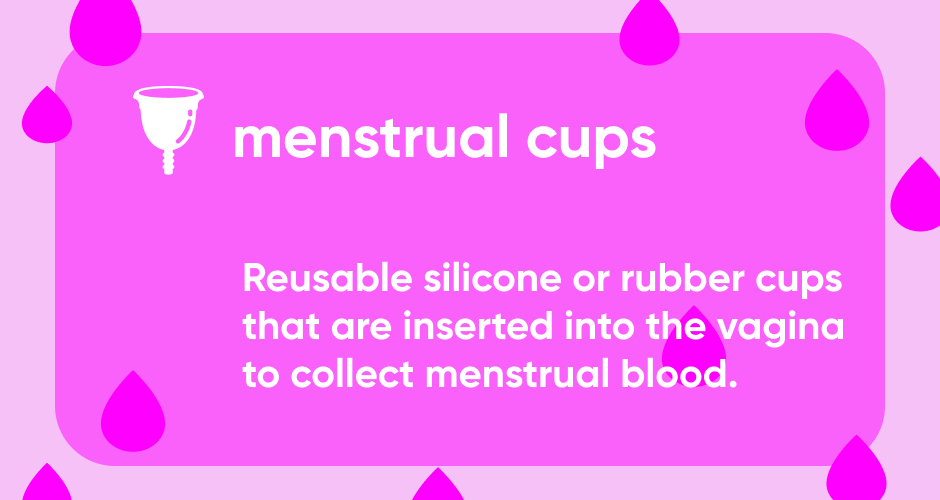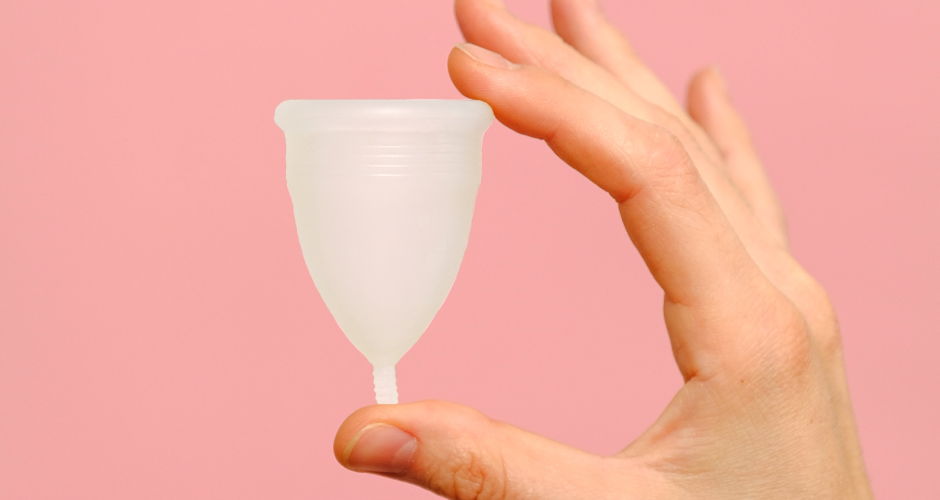How to provide period products at your event
- SheRACES
- May 7, 2024
- 3 min read
Making your event inclusive for women doesn’t have to be complicated, and something as simple as providing period products for race participants is low cost but highly effective at signalling that your race has thought about the female experience.
However, if you’ve not had much experience with period products, you might feel a little overwhelmed or confused about what to provide and how. We had a conversation with a male race director who wanted to provide period products at their event, but when it came to purchasing, he simply didn’t know where to start. It’s important that these conversations are had – it’s okay to say you don’t know how to provide for female participants and ask for advice for future events. We’d much rather you did this than not provide period products at all.
We also recommend asking for feedback from your own female participants on what they would like to see at your events, but to get you started, we’ve put together this guide to period products including what your options are, and how and where they should be available.
We recently ran a post on our Instagram channel asking for advice from female runners about what they would like to see at races. Here is some of the feedback we received.

Why should you provide period products?
You could argue that women should provide their own period products if they know they will need them. However, it’s not always that straightforward. For a start, periods have a habit of coming when they’re unexpected and inconvenient, and taking part in longer endurance events in particular can actually cause a period to start early. It’s also not always easy to carry supplies – race packs can get wet, products can get squashed and when space is limited, carrying extra period products can add extra bulk and weight.
It's not just about periods either. Many women use pads or liners to help with leaking, which can happen when they body is under stress, such as during a race. Knowing that period products will be available at an event and where they will be can be a real reassurance and relief to women – it’s one less thing to think about when we want to focus on our race.
As well as the products themselves, there also needs to be adequate facilities for women to use, change and dispose of period products. This means ensuring female-only toilets, having working hand-washing or hand-sanitising options, and a bin or bags.
What period products should you provide?

Every woman is different and has their own preferences, so it’s best to have a choice as far as possible. Consider having a mixture of tampons (ideally some with applicators, as this is more hygienic during a race when in less-than-perfect changing conditions) and pads, with a variety of absorbency levels.
You should also provide hand-washing facilities where possible, or some form of cleansing wipes. Bins to dispose of used products and/or disposable bags to put products in. Some women may opt to use a menstrual cup (for example, a Mooncup), and they will require somewhere to empty and change their cup, as well as water (a bottle of water is fine) to rinse it out before reuse.
Where should period products be?

As a minimum, period products should be available at the start and finish line, along with adequate toilet and hand-washing facilities. They should be easily accessible, as not all women will be comfortable having to hunt down an event marshal to ask. One great way of doing this is by taping them to the inside of the female toilets in a clear bag.
Particularly on longer races, period products should also be available at aid stations, especially those where there is a toilet or other changing facility available.
It’s important that you communicate where period products will be on your races clearly in your race instructions.
A visual guide to period products
Here are the most common types of period products that women use. You don’t have to provide all of these, but it’s helpful to understand the different types so that you can consider the needs of your female participants.




















Comments